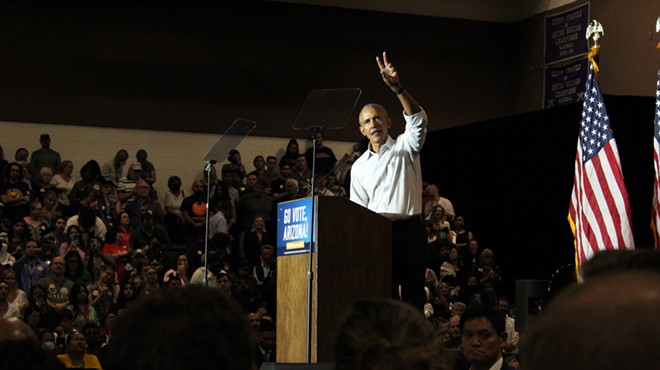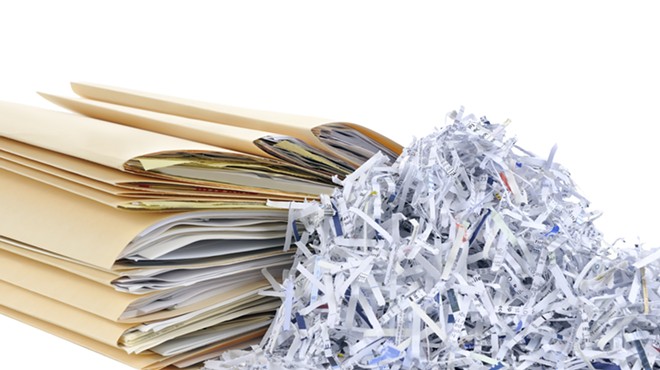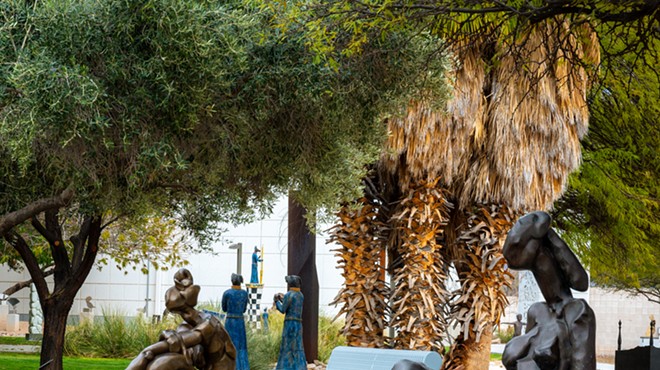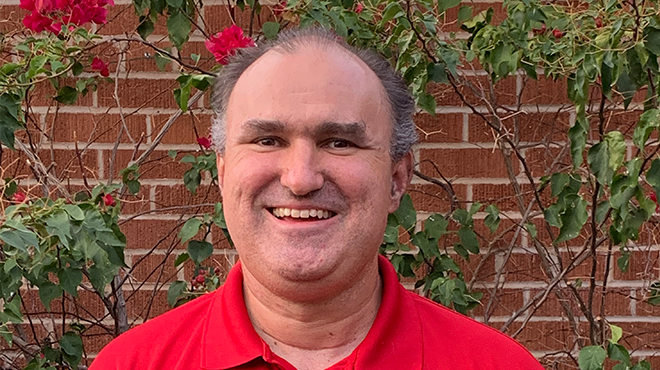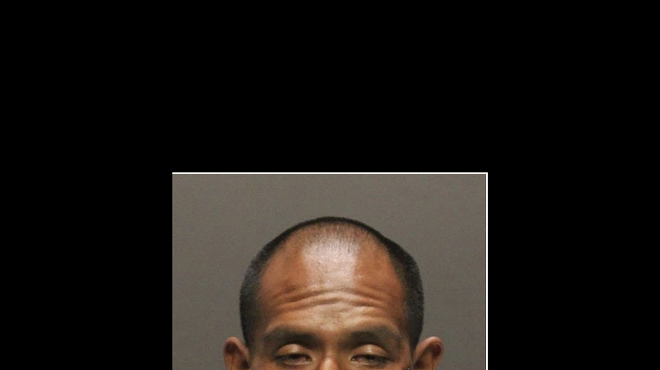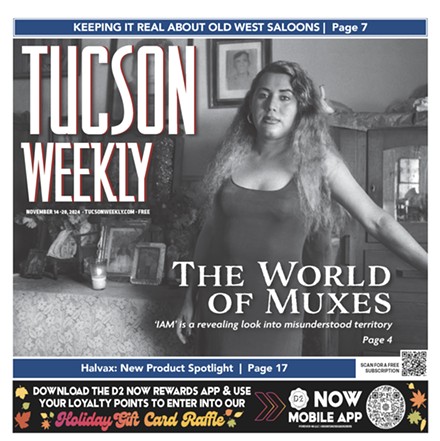Monday, August 31, 2020
They Know How to Prevent Megafires. Why Won’t Anybody Listen?
ProPublica is a nonprofit newsroom that investigates abuses of power. Sign up to receive our biggest stories as soon as they’re published.
What a week. Rough for all Californians. Exhausting for the firefighters on the front lines. Heart-shattering for those who lost homes and loved ones. But a special “Truman Show” kind of hell for the cadre of men and women who’ve not just watched California burn, fire ax in hand, for the past two or three or five decades, but who’ve also fully understood the fire policy that created the landscape that is now up in flames.
“What’s it like?” Tim Ingalsbee repeated back to me, wearily, when I asked him what it was like to watch California this past week. In 1980, Ingalsbee started working as a wildland firefighter. In 1995, he earned a doctorate in environmental sociology. And in 2005, frustrated by the huge gap between what he was learning about fire management and seeing on the fire line, he started Firefighters United for Safety, Ethics, and Ecology. Since then FUSEE has been lobbying Congress, and trying to educate anybody who will listen, about the misguided fire policy that is leading to the megafires we are seeing today.
So what’s it like? “It’s just … well … it’s horrible. Horrible to see this happening when the science is so clear and has been clear for years. I suffer from Cassandra syndrome,” Ingalsbee said. “Every year I warn people: Disaster’s coming. We got to change. And no one listens. And then it happens.”
The pattern is a form of insanity: We keep doing overzealous fire suppression across California landscapes where the fire poses little risk to people and structures. As a result, wildland fuels keep building up. At the same time, the climate grows hotter and drier. Then, boom: the inevitable. The wind blows down a power line, or lightning strikes dry grass, and an inferno ensues. This week we’ve seen both the second- and third-largest fires in California history. “The fire community, the progressives, are almost in a state of panic,” Ingalsbee said. There’s only one solution, the one we know yet still avoid. “We need to get good fire on the ground and whittle down some of that fuel load.”
Yes, there’s been talk across the U.S. Forest Service and California state agencies about doing more prescribed burns and managed burns. The point of that “good fire” would be to create a black-and-green checkerboard across the state. The black burned parcels would then provide a series of dampers and dead ends to keep the fire intensity lower when flames spark in hot, dry conditions, as they did this past week. But we’ve had far too little “good fire,” as the Cassandras call it. Too little purposeful, healthy fire. Too few acres intentionally burned or corralled by certified “burn bosses” (yes, that’s the official term in the California Resources Code) to keep communities safe in weeks like this.
Academics believe that between 4.4 million and 11.8 million acres burned each year in prehistoric California. Between 1982 and 1998, California’s agency land managers burned, on average, about 30,000 acres a year. Between 1999 and 2017, that number dropped to an annual 13,000 acres. The state passed a few new laws in 2018 designed to facilitate more intentional burning. But few are optimistic this, alone, will lead to significant change. We live with a deathly backlog. In February 2020, Nature Sustainability published this terrifying conclusion: California would need to burn 20 million acres — an area about the size of Maine — to restabilize in terms of fire.
Mike Beasley, deputy fire chief of Yosemite National Park from 2001 to 2009 and retired interagency fire chief for the Inyo National Forest and the Bureau of Land Management’s Bishop Field Office, was in a better mood than Ingalsbee when I reached him, but only because as a part-time Arkansan, part-time Californian and Oregonian, Beasley seems to find life more absurd. How does California look this week? He let out a throaty laugh. “It looks complicated,” he said. “And I think you know what I mean by that.”
Beasley earned what he called his “red card,” or wildland firefighter qualification, in 1984. To him, California, today, resembles a rookie pyro Armageddon, its scorched battlefields studded with soldiers wielding fancy tools, executing foolhardy strategy. “Put the wet stuff on the red stuff,” Beasley summed up his assessment of the plan of attack by Cal Fire, the state’s behemoth “emergency response and resource protection” agency. Instead, Beasley believes, fire professionals should be considering ecology and picking their fights: letting fires that pose little risk burn through the stockpiles of fuels. Yet that’s not the mission. “They put fires out, full stop, end of story,” Beasley said of Cal Fire. “They like to keep it clean that way.”
(Cal Fire, which admittedly is a little busy this week, did not respond to requests to comment before this story published.)

So it’s been a week. Carl Skinner, another Cassandra, who started firefighting in Lassen County in 1968 and who retired in 2014 after 42 years managing and researching fire for the U.S. Forest Service, sounded profoundly, existentially tired. “We’ve been talking about how this is where we were headed for decades.”
“It’s painful,” said Craig Thomas, director of the Fire Restoration Group. He, too, has been having the fire Cassandra conversation for 30 years. He’s not that hopeful, unless there’s a power change. “Until different people own the calculator or say how the buttons get pushed, it’s going to stay that way.”
A six-word California fire ecology primer: The state is in the hole.
A seventy-word primer: We dug ourselves into a deep, dangerous fuel imbalance due to one simple fact. We live in a Mediterranean climate that’s designed to burn, and we’ve prevented it from burning anywhere close to enough for well over a hundred years. Now climate change has made it hotter and drier than ever before, and the fire we’ve been forestalling is going to happen, fast, whether we plan for it or not.
Megafires, like the ones that have ripped this week through 1 million acres (so far), will continue to erupt until we’ve flared off our stockpiled fuels. No way around that.
When I reached Malcolm North, a research ecologist with the U.S. Forest Service who is based in Mammoth, California, and asked if there was any meaningful scientific dissent to the idea that we need to do more controlled burning, he said, “None that I know of.”
How did we get here? Culture, greed, liability laws and good intentions gone awry. There are just so many reasons not to pick up the drip torch and start a prescribed burn even though it’s the safe, smart thing to do.
The overarching reason is culture. In 1905, the U.S. Forest Service was created with a military mindset. Not long after, renowned American philosopher William James wrote in his essay “The Moral Equivalent of War” that Americans should redirect their combative impulses away from their fellow humans and onto “Nature.” The war-on-fire mentality found especially fertile ground in California, a state that had emerged from the genocide and cultural destruction of tribes who understood fire and relied on its benefits to tend their land. That state then repopulated itself in the Gold Rush with extraction enthusiasts, and a little more than half a century later, it suffered a truly devastating fire. Three-thousand people died, and hundreds of thousands were left homeless, after the 1906 San Francisco earthquake and attendant fires. The overwhelming majority of the destruction came from the flames, not the quake. Small wonder California’s fire ethos has much more in common with a field surgeon wielding a bone saw than a preventive medicine specialist with a tray full of vaccines.





